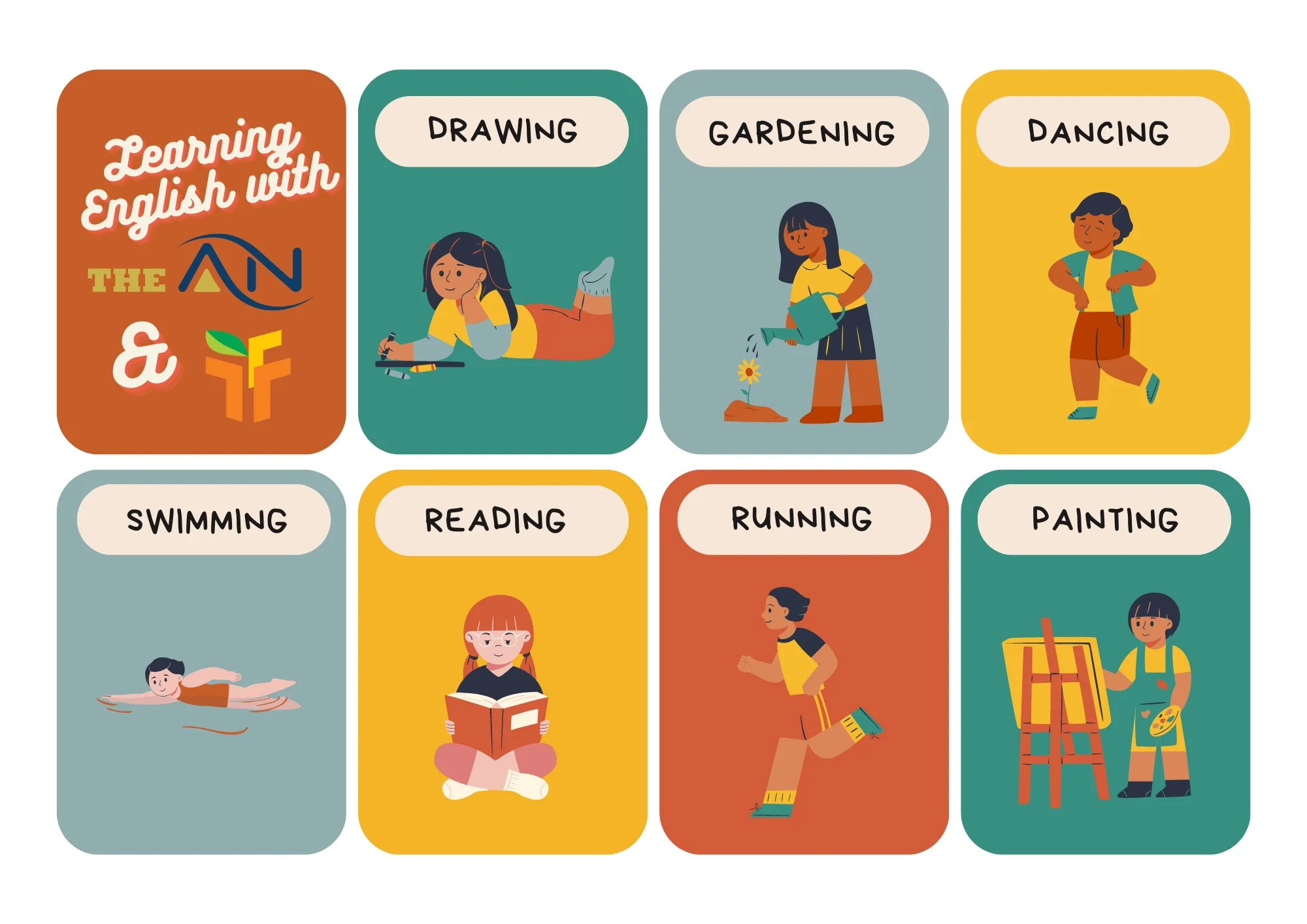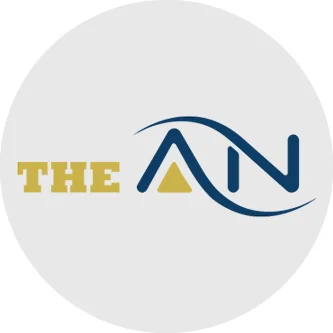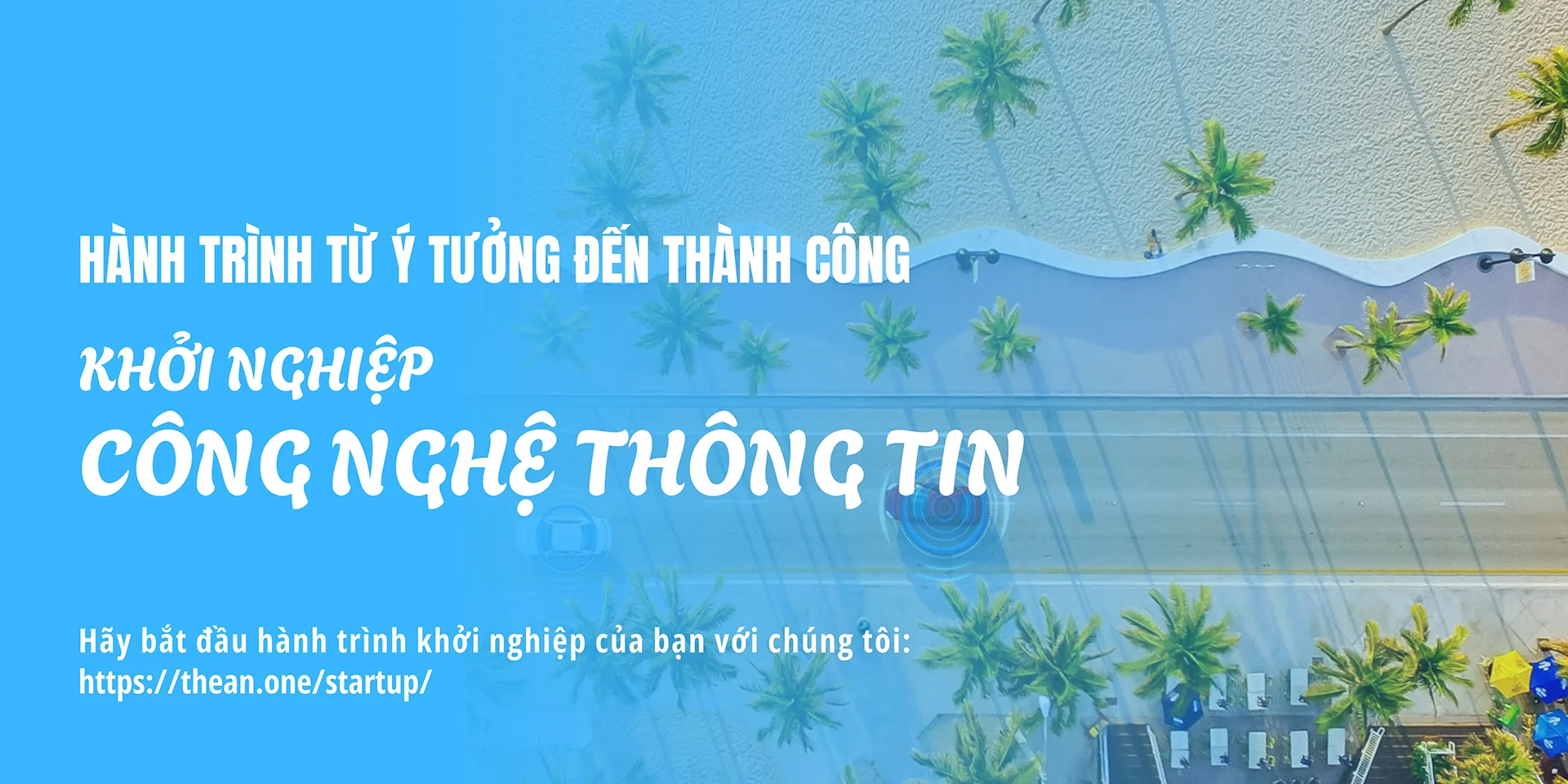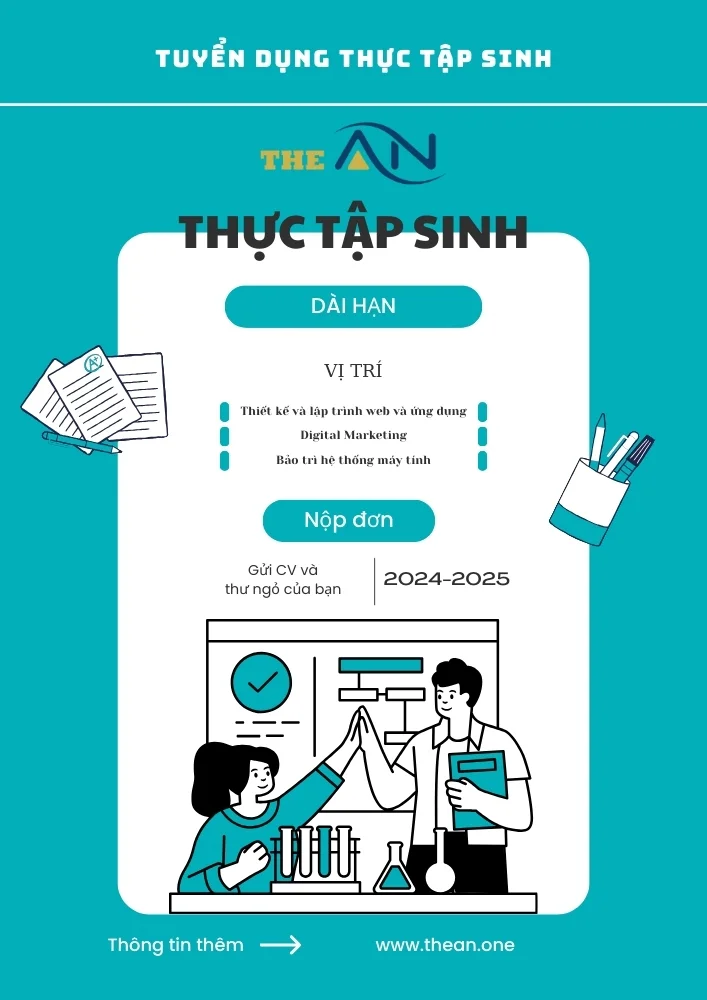Present Continuous Tense – Meaning, Definition, Rules, Uses with Examples

Are you interested in finding methods to make your use of the English language more exciting and engaging? Using the present continuous tense is an extremely helpful piece of grammar that will allow you to add a touch of perceived loudness to both your written and spoken English. This is because the present continuous tense describes ongoing actions. Continue reading to find out how you should properly use it!
Table of Content
- What is the Present Continuous Tense?
- The Present Continuous Tense: Definition
- Structure of the Present Continuous Tense
- Present Continuous Tense Rules
- Present Continuous Tense Examples
- Usage of Present Continuous Tense
- Present Continuous Tense Sentences
- Present Continuous Tense Worksheet
- Present Continuous Tense Exercises
What is the Present Continuous Tense?
Present continuous tense is an important part of English grammar used to show actions or any situation happening in a time of speaking or around the current period. It is formed by combining the present tense of the verb “to be”(am, is, are) with the present particle form of the main verb(-ing form).
The Present Continuous Tense: Definition
“The verb form used for actions or events that are happening or developing now” is how the Cambridge Dictionary describes the “present continuous tense.” “A verb form consisting of an auxiliary be in the present tense followed by a present participle and used especially to indicate that a present action or event is in progress, being repeated, or of a temporary nature, or to express the future,” is how the Collins Dictionary defines the present continuous tense. The Macmillan Dictionary defines the present continuous tense as “the tense used to talk about actions or behaviour that are in progress now or planned for the future.”
Structure of the Present Continuous Tense
There is definitely just one formula to mastering the present continuous tense and this is how it goes.
Present Continuous Tense Formula
But you should be aware of something else as well. It’s important for you to understand the structure of positive, negative, interrogative, and negative interrogative phrases that contain the verb in the present continuous tense.
To have a better grasp of the present continuous tense’s construction, refer to the table that follows.
| Structure of the Present Continuous Tense | |||
|---|---|---|---|
| Positive | Negative | Interrogative | Negative Interrogative |
| Subject + am/is/are + present participle (verb+ing) + the rest of the sentence | Subject + am/is/are + not + present participle (verb+ing) + the rest of the sentence | Am/is/are + subject + present participle (verb+ing) + the rest of the sentence | Isn’t/aren’t + subject + present participle (verb+ing) + the rest of the sentence
...Or... Am/is/are + subject + not + present participle (verb+ing) + the rest of the sentence |
Examples:
|
Examples:
|
Examples:
|
Examples:
|
Present Continuous Tense Rules
Subject-Verb Agreement:
The verb form “to be“(am, is, are) should agree with the subject of the sentences. For singular subjects, use “is“(he is, she is), and for plural subjects, use “are”(we are, they are).
Present Participle Form:
Add the “-ing” suffix to the base form of the verb to create the present participle. However, keep in mind that there are certain spelling rules to follow (e.g., drop the final “e” in words like “write” becomes “writing”).
Time Indicators:
The present continuous tense is commonly used with time expressions such as “now,” “at the moment,” “currently,” and “right now” to emphasize the ongoing nature of the action.
Present Continuous Tense Examples
- I am writing an essay on my best friends.
- She is reading different kinds of novels.
- Kids are playing cricket outside now.
- Rohan is drinking coffee at the shop.
- We are going to the nearest library.
- Rick is eating his pizza at home.
- They are shopping at the fair for some refreshments
- I like listening to old classical songs.
- We are not quarreling with anyone.
- Are you planning to go to the movies tonight?
Usage of Present Continuous Tense
- Ongoing Actions: The present continuous tense is used to describe actions happening at the time of speaking. For example, “I am writing an article right now.”
- Temporary Situations: It is also used to describe temporary situations that are happening around the current period. For example, “She is living in London for a few months.”
- Future Plans: The present continuous tense can express future plans when combined with time expressions. For example, “We are meeting for lunch tomorrow.”
- Annoyance or Irritation: It can be used to express annoyance or irritation towards someone’s repeated actions. For example, “He is always interrupting me during meetings.”
Present Continuous Tense Sentences
Here are some examples of present continuous tense sentences:
- I am reading a book. This sentence shows an action (reading) that the speaker is currently doing.
- She is cooking dinner for the family. Here, the action (cooking) is happening right now.
- They are playing soccer in the park. This indicates that the action (playing) is taking place at the moment of speaking.
- We are planning our vacation for next month. Although the vacation is in the future, the planning is happening now.
- He is studying to become a doctor. This shows an ongoing action (studying) that is happening at present.
Present Continuous Tense Worksheet
Part 1: Fill in the blanks with the correct form of the verb in parentheses.
- I __________ (watch) a movie right now.
- She __________ (write) an email to her friend.
- They __________ (eat) lunch at the moment.
- We __________ (plan) our project work for next week.
Part 2: Match the sentences to the correct pictures.
(Here, you’d provide pictures depicting various actions and students would match sentences describing those actions in the present continuous tense.)
Part 3: Change the sentences from present simple to present continuous.
Example: He reads a book every night. => He is reading a book right now.
- She sings beautifully.
- They run in the park every morning.
- We watch TV in the evenings.
Part 4: Write your own sentences using the present continuous tense.
Ask students to write five sentences about what they are doing today or what their plans are for the near future, using the present continuous tense.
Present Continuous Tense Exercises
- We are _____ to Europe.
- It ____very hard this evening.
- Both Patrick and Shaun____ sheep fall asleep.
- He____ more plants to the garden.
- The builders ____a home for us.
- A huge army of soldiers ____towards the north gate.
- I _____the cake into ten slices.
- You _____five eggs.
Answer:
- traveling
- is raining
- are counting
- is adding
- are building
- is marching
- am dividing
- are boiling
Present Continuous Tense – FAQs
The use of the present continuous verb tense denotes that an action or situation is occurring at the present time, on a regular basis, and may do so into the foreseeable future. The formula for the Present Continuous is to be [am, is, or are] plus the corresponding word in the present tense. While Scott searches for his new leather coat, his Aunt Victoria is warming up the vehicle.
The use of the present continuous verb tense denotes that an action or situation is occurring at the present time, on a regular basis, and may do so into the foreseeable future. Persistent Existence in the Current.
Followed by the present participle of the verb is what we use to create the present continuous tense. This is done by using the word “to be.” The present participle is a version of a word that is formed by adding the ending -ing to the end of the original verb.
To write in the present continuous tense, simply combine the “be” verb (am, is, are…) with the appropriate present participle.
- Students are regularly coming to school.
- The boys and girls are playing in the park.
- Roy is crying out loud.
- It is raining now.
- I am cooking something special for lunch.
Quý anh/chị đang tìm kiếm một doanh nghiệp uy tín cung cấp dịch vụ Công Nghệ Thông Tin như Thiết kế và lập trình website, Digital Marketing, hoặc dịch vụ Bảo trì và chăm sóc hệ thống máy tính, ...? Đừng ngần ngại hãy liên hệ với The ÂN qua số điện thoại (+84).326.418.478 để được tư vấn cụ thể, hoặc liên hệ qua mẫu tin.
Các thông tin nổi bật khác:









